A world-famous tourist resort north of Agios Nikolaos, with lacy, windless sandy beaches, crystal clear…
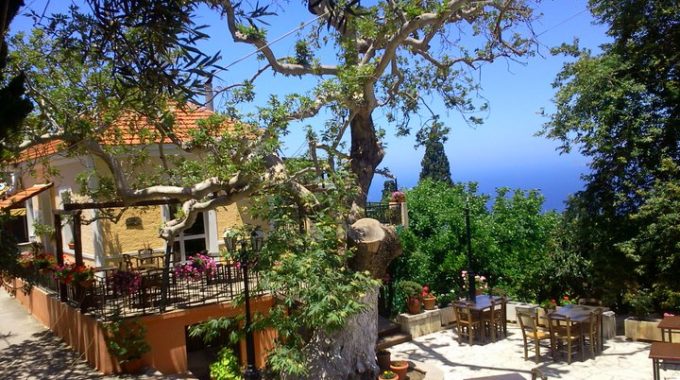
Roussa Ekklisia
Α most graphic village with a very healthy climate and plenty of water. It is about 9 km from Sitia and reached by a road that branches off the Sitia – Palekastro road beyond the rise at Tripitos. As it is not mentioned in the 1583 Venetian census it seemsthat the village must have been founded at some later date.
The etymology of the name is uncertain, though some belίeve it must surely come from the running water which flows from under the old village church of Ayios Nikoaos ( reousa: flowing, plus – ekklisia: church). Ι myself think it more probable that the reddish colour of the earth in the area ( rousso : red) combined with the existence of the church of the original settlement has given rise to the name. Near to the church «tou Timiou Stavrou» (of The True Cross), at a location known as Anixi, a shrine was discovered which yielded many finds of the Archaic period – such as clay plaques in low relief, lamps, and various other vessels. Other ancient finds came from Kato Lagokefalo – the site of a settlement of the Archaic period, and from Kastri where there are the remains of a fortified town with a tower.
In the village there is a fountain which, according to its inscription, was built in 1877 by Axelos, then Governor of the Province of Lassithi. In 1897 a conference of notables and members of the Revolutionary Council was held in the village to compose a petition to the Russian Vice-Consul at Heraklion. The theory that Roussa Ekklisia was built by the former inhabitants of Trapezunda after that town had been destroyed by Khair ed-Din Barbarossa, is unproved. The hamlets of Koutsoulopetres and Koskinas, and the cave of Yioupes, are also part of this community.
From the book “Sitia”, N.Papadakis, Archaeologist
Additional Info
Location: Sitia Region – 9 km from Sitia
Access: Aphalt road
Residents: 194 (2012)
Αltitude: 340m
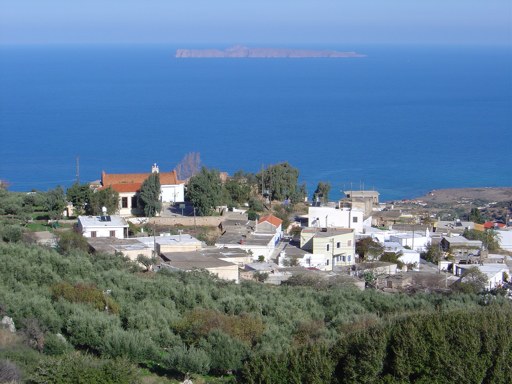
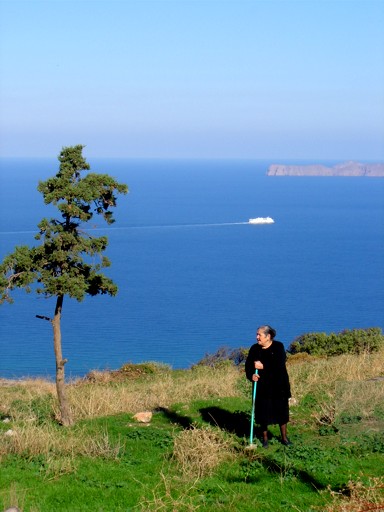
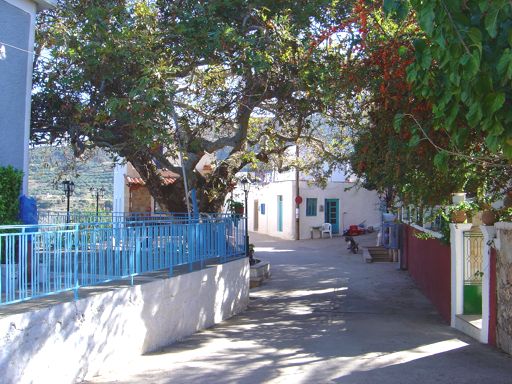
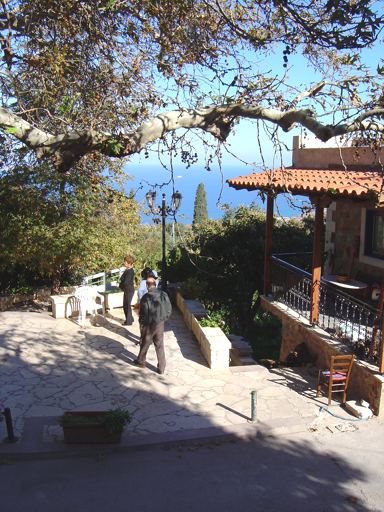
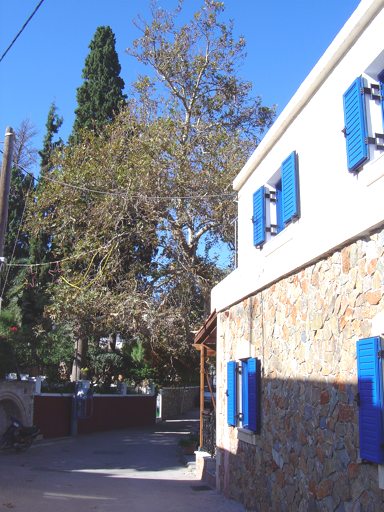
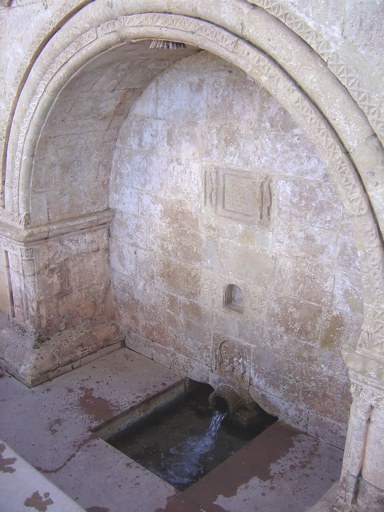
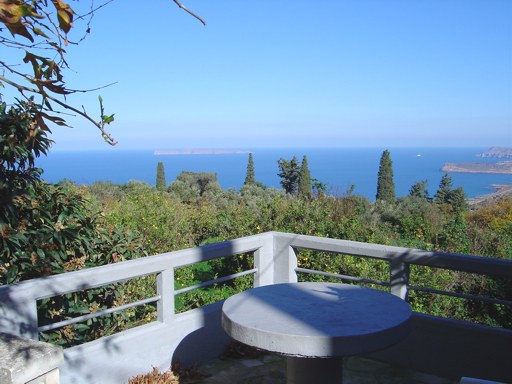
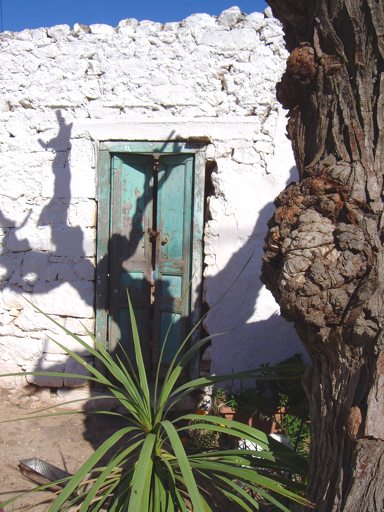
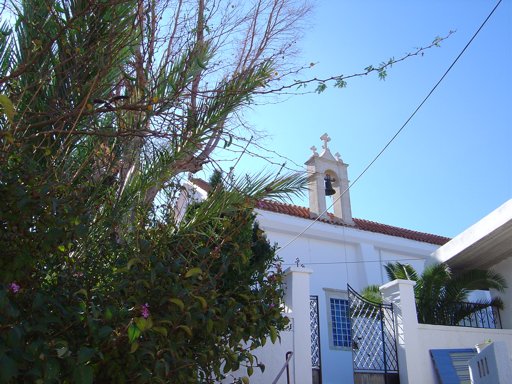
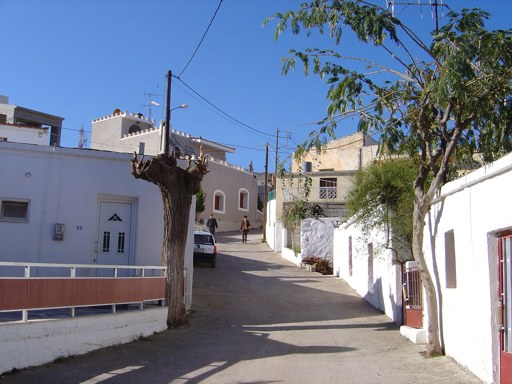
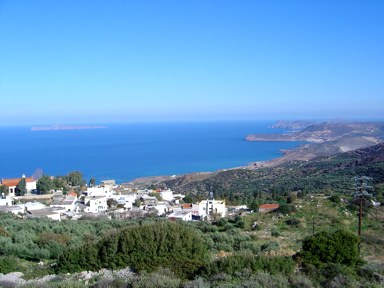
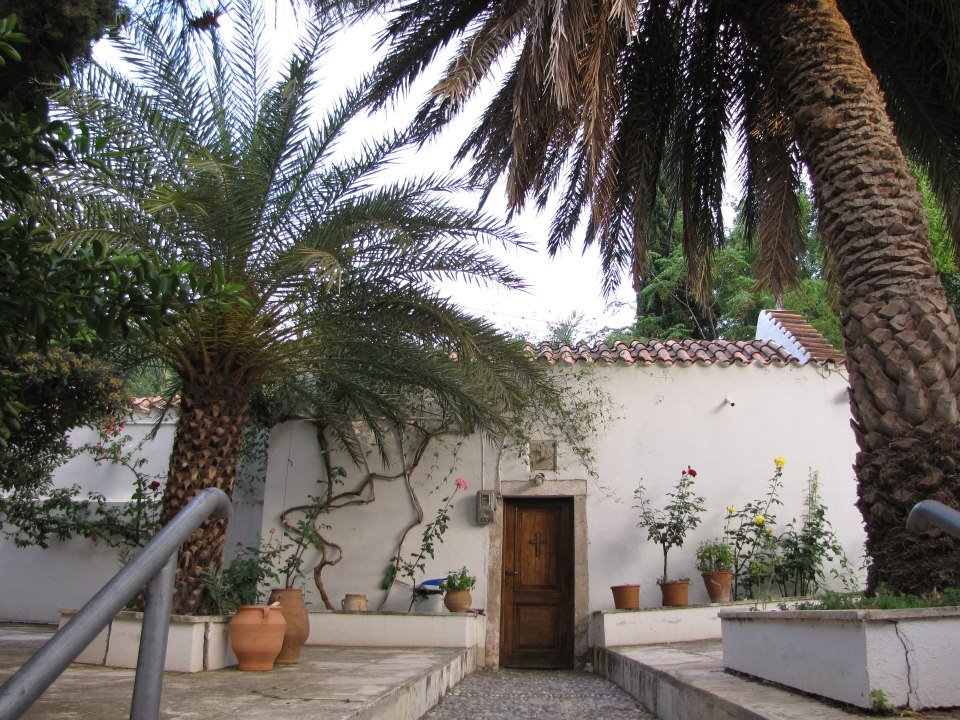
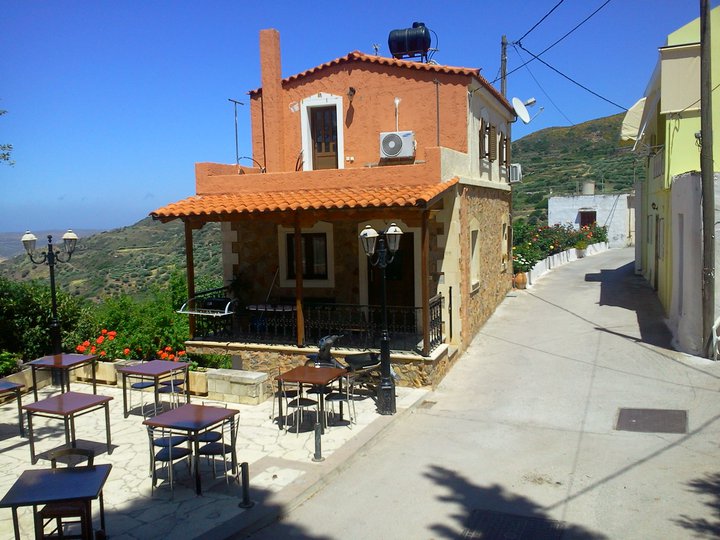
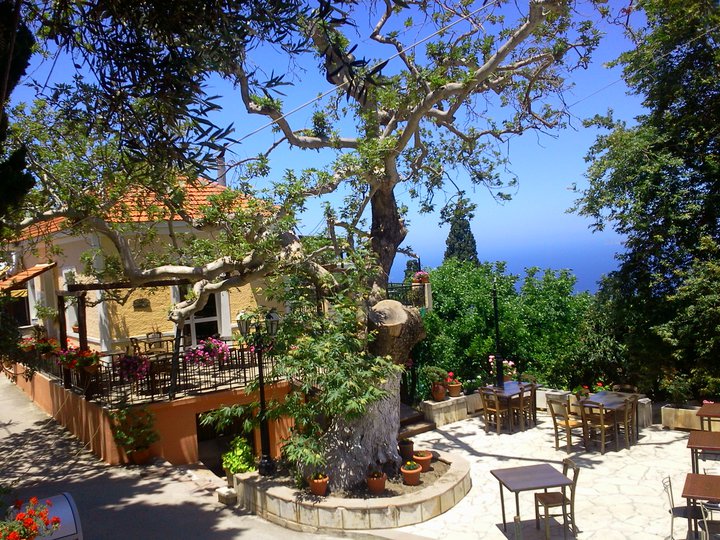
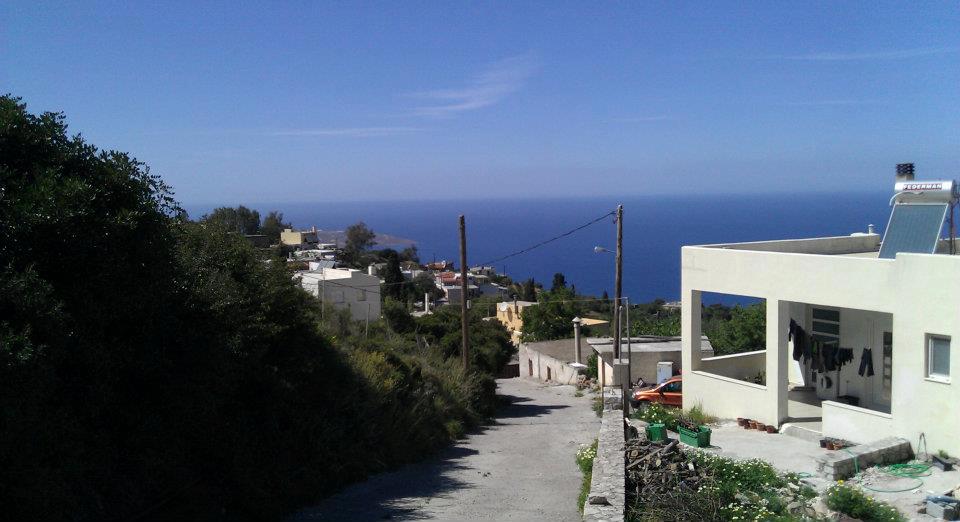
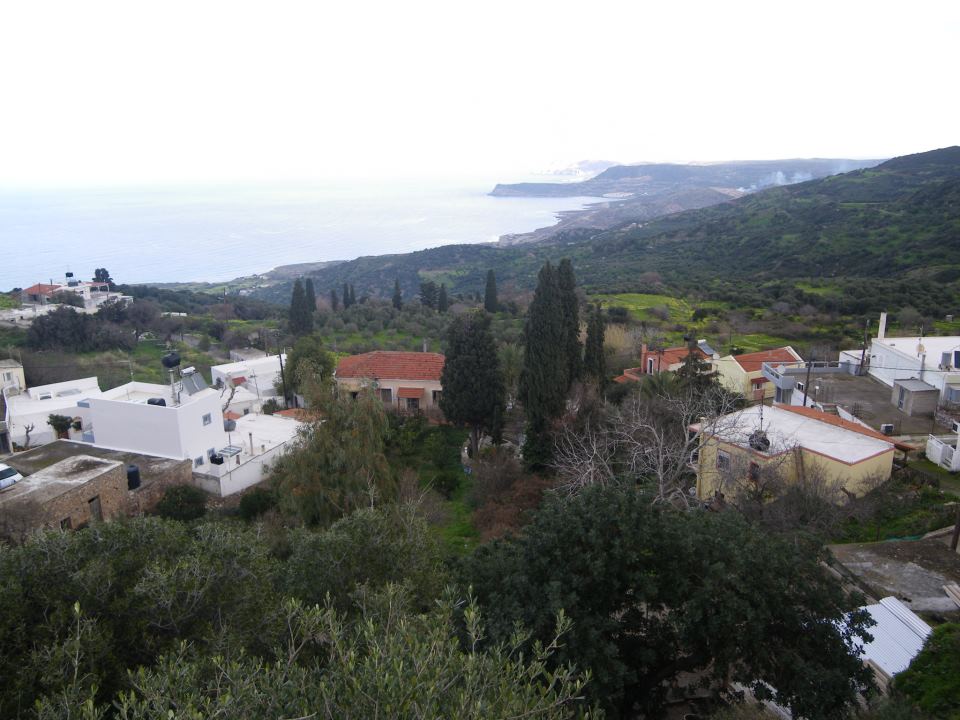
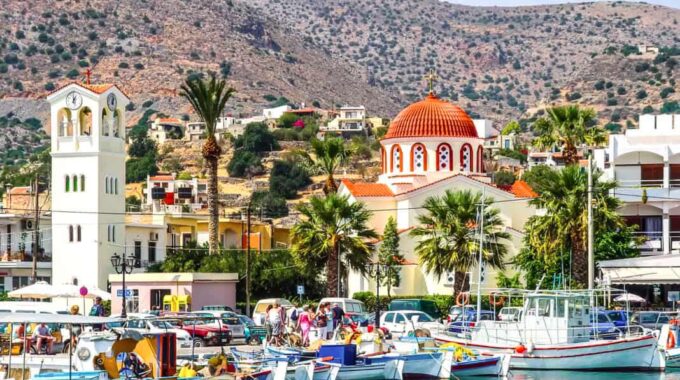
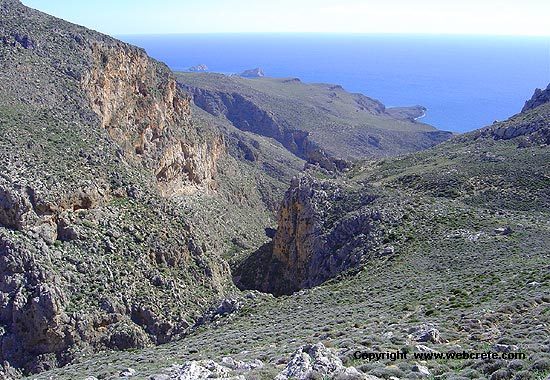
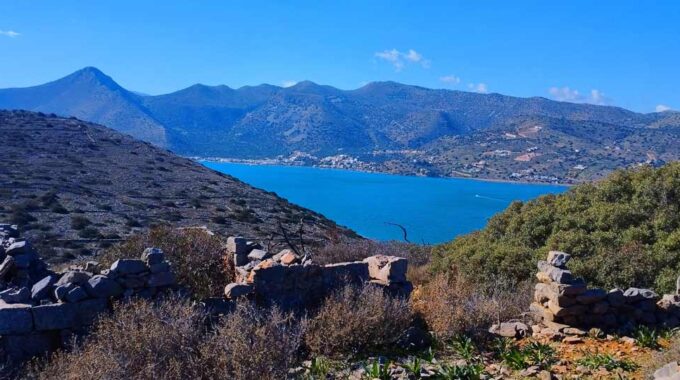
Good morning , In 2020 a 96 y.o. gentleman whose name is (was?) Yannis Tsandirakis, from Roussa Ekklisia, gave a very detailed description of the place where some Italian army officers were executed by German troops. His memory matches similar statements in military reports, which date the event in October 1943. Is there any local historian or person close to Mr Tsandirakis who can help me in this research, finding more evidences? My uncle died in one of the ships from Suda to Pireo, he was in the medical branch of the Italian Army. I would appreciate very much any kind of help. I am also planning to visit Sitia, Petras and Roussa Ekklisia. Regards, Michele Barile